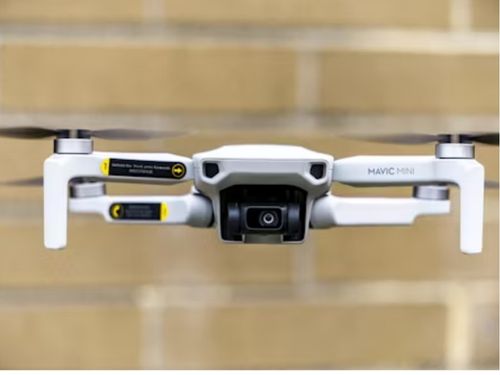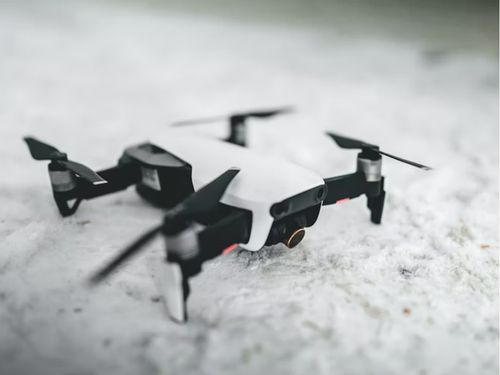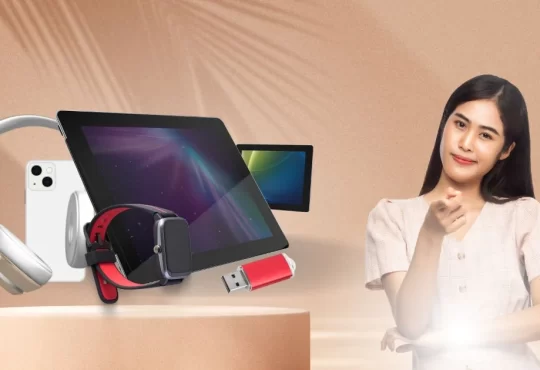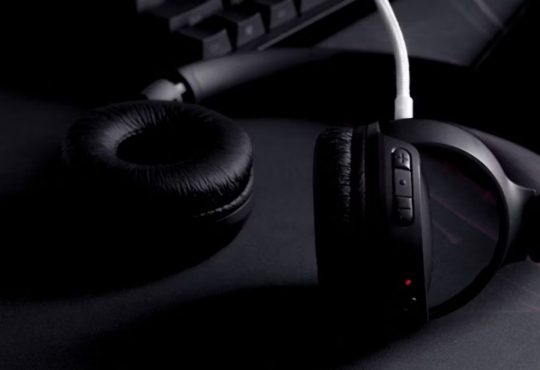Thanks to the advent of compact drones, aerial photography has evolved from an expensive, niche hobby to something almost anyone can enjoy. These small yet powerful devices put the power of professional-grade imaging into the hands of travelers, content creators, hobbyists, and adventurers. Whether capturing breathtaking landscapes, documenting urban life, or creating cinematic videos, a compact drone makes it easier to get stunning shots from above.
What Is a Compact Drone for Photography?

A compact drone for photography is a lightweight, portable, uncrewed aerial vehicle (UAV) built specifically for capturing aerial imagery. Unlike larger, full-sized drones that require considerable space and preparation, compact drones are easy to transport and store. They often feature foldable arms and streamlined designs that fit into backpacks or travel bags. Many models are small enough to comply with recreational drone regulations, making them convenient for hobbyists, travelers, and content creators.
Despite their compact size, these drones are packed with advanced imaging technology. Htransport, often featuring foldable arms and streamlined designs that fit into backpacks or travel bags. Many models are small enough to comply with recreational drone regulations, making them convenient for hobbyists, travelers, and content creators.
Despite their compact size, these drones are packed with advanced imaging technology. High-resolution cameras paired with stabilized gimbals ensure smooth, crisp footage, while intelligent flight modes—such as automated tracking, orbiting, and waypoint navigation—allow users to focus on creativity rather than manual control. Modern compact drones combine portability, user-friendly operation, and professional-quality imaging, enabling stunning aerial photography and ensuring smooth, crisp footage. Intelligent flight modes—such as automated tracking, orbiting, and waypoint navigation—allow users to focus on creativity rather than manual control. Modern compact drones combine portability, user-friendly operation, and professional-quality imaging, enabling stunning aerial photography and videography without the hassle of bulky equipment or complex setup.
Key Features to Look For
Camera Quality
Modern compact drones have high-performance cameras that can capture stunning 4K resolution footage and high dynamic range (HDR) images. Adjustable settings for ISO, shutter speed, and white balance provide complete creative control. At the same time, some models offer RAW image capture, allowing for professional-level post-processing to enhance color, clarity, and detail. These features make compact drones suitable for various applications, including social media content, travel vlogs, commercial photography, and cinematic projects.
Stabilization & Gimbals
Many compact drones incorporate 3-axis gimbals or advanced electronic image stabilization systems to ensure smooth and professional-looking footage. These technologies minimize motion blur and reduce camera shake, even during fast maneuvers, windy conditions, or complex aerial movements. This enables consistently stable, sharp, and cinematic shots, transforming compact drones into powerful tools for capturing high-quality video without requiring expert piloting skills.
Portability
Compact drones are designed with portability in mind. They feature lightweight frames, foldable arms, and streamlined constructions that fit easily into backpacks, camera bags, or even large pockets. This portability makes them perfect for travel, outdoor adventures, and spontaneous shooting opportunities, allowing photographers and content creators to carry professional-grade aerial imaging tools wherever they go. The combination of lightweight design, foldability, and durability ensures convenience without compromising performance.
Intelligent Flight Modes
Modern compact drones are equipped with intelligent flight modes that simplify aerial photography and enhance creativity. Modes such as Follow Me, Waypoint Navigation, Orbit, and Gesture Control allow drones to track subjects, fly predetermined paths, circle points of interest, or respond to hand gestures—all without requiring advanced piloting skills. These automated functions make capturing dynamic, cinematic shots easier, allowing beginners and experienced users to create professional-looking footage effortlessly.
Battery Life & Flight Time
Despite their compact size, many drones offer impressive flight times ranging from 20 to 40 minutes per charge. Additional features such as quick-swap batteries or fast-charging technology extend shooting sessions, minimizing downtime and maximizing productivity in the field. Extended battery life ensures that photographers and videographers can capture multiple angles, complete complex flight paths, or cover larger areas without needing to return to recharge constantly.
Connectivity & Controls
Connectivity options have become increasingly sophisticated in compact drones, with Wi-Fi or radio frequency links enabling seamless connections to smartphones, tablets, or dedicated controllers. This allows for real-time live video feeds and precise control of camera settings, including zoom, tilt, and shutter adjustments. Some models also include GPS stabilization, which maintains precise positioning even in windy conditions, ensuring steady footage and accurate tracking. These connectivity features make compact drones highly versatile, intuitive, and reliable for recreational and professional aerial photography.
Advantages of Compact Drones
Portability
Compact drones are engineered for effortless portability, allowing aerial photography in various settings—from mountains and beaches to city streets—without the burden of heavy equipment. Their foldable, lightweight design ensures they can easily be transported in backpacks, camera bags, or carry-on luggage. This portability enables capturing unique perspectives and spontaneous shots wherever inspiration strikes, whether for travel, adventure, or professional assignments.
Professional-Quality Imaging
Despite their small size, modern compact drones deliver professional-quality imaging. High-resolution cameras and stabilized gimbals can capture stunning 4K photos and videos with smooth motion and accurate color reproduction. This makes them suitable for social media content, vlogs, personal projects, and commercial applications, such as real estate photography, promotional videos, and creative productions. Advanced features, such as intelligent flight modes and AI-assisted photography, enhance image quality, enabling even novice pilots to produce polished, professional-grade results.
Ease of Use
Compact drones are designed to be user-friendly, making aerial photography accessible for both beginners and experienced pilots. Features like intelligent flight modes—including auto-hover, follow-me, and waypoint navigation—allow users to focus on framing shots rather than manually controlling the aircraft. Obstacle avoidance sensors provide an additional layer of safety, reducing the risk of crashes and making first-time flying less intimidating. These intuitive systems enable even novice pilots to capture high-quality footage, while experienced pilots can utilize precision controls for more complex shots.
Versatility
Compact drones excel in versatile applications and are suitable for various photography and videography projects. They are perfect for landscape photography, urban and architectural shots, wildlife observation, and creative storytelling, providing perspectives that would otherwise be difficult or impossible to achieve. Their portability and adaptability allow them to be used in diverse environments—from dense forests to bustling cityscapes—making them a practical tool for professional and recreational users.
Cost-Effective
Compared to full-sized professional aerial rigs, compact drones offer high cost-effectiveness without compromising performance. They provide access to high-resolution cameras, stabilized gimbals, and intelligent flight modes at a fraction of the price, making them an attractive option for hobbyists, educators, and content creators who want professional-quality aerial imagery on a budget. This combination of affordability, performance, and portability makes compact drones a wise investment for anyone looking to elevate their photography or videography capabilities.
Trends in 2025

Compact drones are evolving rapidly, offering features that make them more versatile than ever:
AI-Assisted Photography
- Modern compact drones increasingly incorporate AI-assisted photography, transforming aerial imaging into an intuitive and highly creative experience. These drones can automatically adjust camera settings such as exposure, ISO, and shutter speed, ensuring optimal image quality in varying lighting conditions. AI systems can also track moving subjects, maintain focus, and even plan flight paths to capture the best angles, making it easier to achieve professional-looking shots without extensive piloting experience. This technology is particularly beneficial for action photography, travel vlogging, and capturing dynamic outdoor scenes, allowing users to focus on composition and creativity.
Obstacle Avoidance & Safety Features
- Safety is a critical aspect of compact drones, and many models now come equipped with advanced obstacle detection sensors. These sensors help the drone avoid collisions with trees, buildings, or other obstacles, even in tight or complex environments. Additional safety features often include automatic return-to-home, altitude stabilization, and geo-fencing, which protect the drone and its surroundings. Combined with intelligent flight controls, these systems enable stress-free flying, allowing users to capture stunning aerial imagery confidently, regardless of their experience level or environmental challenges.
Foldable & Ultra-Light Designs
- Next-generation compact drones are designed to be ultra-lightweight and foldable, making them incredibly portable and travel-friendly. Foldable arms and streamlined frames allow drones to fit comfortably in backpacks or carry-on luggage, while durable materials ensure they withstand bumps, minor drops, and outdoor conditions. This combination of size, strength, and convenience enables photographers and content creators to carry professional-grade aerial imaging tools wherever they go, whether on urban shoots or remote nature expeditions.
Extended Battery & Fast Charging
- Battery technology in compact drones has advanced significantly, enabling longer flight times that facilitate extended aerial photography sessions. In addition, fast-charging capabilities minimize downtime between flights, keeping fieldwork productive and efficient. Longer battery life enables users to capture multiple shots, track subjects, and explore locations without frequent interruptions, making drones more reliable for both casual and professional use.
Smart Connectivity
- Modern compact drones feature smart connectivity, seamlessly integrating with smartphones, tablets, and cloud-based platforms. This enables instant sharing, live streaming, and remote editing, allowing users to review, adjust, and distribute content in real time. Cloud synchronization and app integration also facilitate firmware updates, flight logging, and collaborative projects, turning compact drones into fully connected, intelligent imaging tools that streamline creation and workflow.
Soaring into the Future of Photography
Compact drones for photography are transforming the way aerial imagery is captured. Combining portability, advanced imaging technology, and intelligent flight capabilities, these drones make professional-quality aerial photography more accessible than ever, suitable for adventure, education, and commercial applications.
By 2025, compact drones will offer creative perspectives that previously required bulky equipment or specialized skills. Equipped with AI-assisted photography, obstacle avoidance, and 4K cameras, these small yet powerful UAVs enable high-quality storytelling from the skies, providing flexibility and precision for capturing stunning visuals in any environment.





